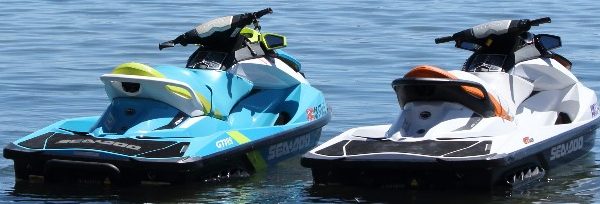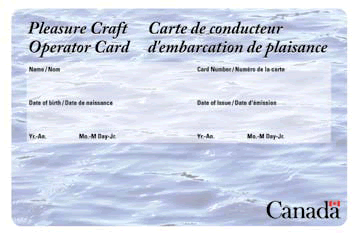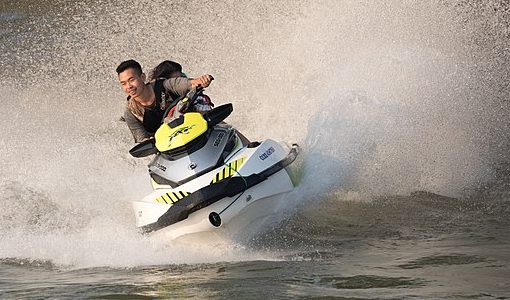2020-Jul-16
Operating a Personal Watercraft? Here’s What You Need to Know
 Jet Ski, Sea-Doo or WaveRunner are all brand names of personal watercraft (PWCs). PWCs are a fun ride and a great way to get around Georgian Bay, but like any other vehicle, PWCs are subject to the same rules as a every powered vessel on the water and can be dangerous when not used properly.
Jet Ski, Sea-Doo or WaveRunner are all brand names of personal watercraft (PWCs). PWCs are a fun ride and a great way to get around Georgian Bay, but like any other vehicle, PWCs are subject to the same rules as a every powered vessel on the water and can be dangerous when not used properly.
What do you need to know if you are hopping on a personal watercraft?
Age Restrictions
- You must be 16 or older to operate a PWC regardless of supervision and carry proof of age with you.
Licensing
- There are two required licenses to operate any PWC:
-
- A Pleasure Craft License is the set of unique authorized numbers on the sides of your vessel. These numbers are issued by Transport Canada, must be properly displayed, and act as a permanent license plate for your PWC.
 A Pleasure Craft Operator’s Card (PCOP) is often referred to as a “boating license” or “boater card”, and acts as your driver’s license in the water. This card is also issued by Transport Canada and proves you have completed the proper training and passed an accredited boating safety course.
A Pleasure Craft Operator’s Card (PCOP) is often referred to as a “boating license” or “boater card”, and acts as your driver’s license in the water. This card is also issued by Transport Canada and proves you have completed the proper training and passed an accredited boating safety course.
Not having either of these licenses will cost you. There is a $250 fine for not having Pleasure Craft License numbers properly showing on your vessel, and not carrying your Pleasure Craft Operator’s Card will also result in a $250 fine.
Required Safety Equipment
- Every passenger is required to have a Canadian approved lifejacket or PFD (inflatables are not allowed). PWC also require the following to be onboard and accessible:
- A sound-signalling device
- A watertight flashlight or 3 flares
- A magnetic compass
Proper navigation lights are also required if the PWC is used before sunrise or after sunset. A buoyant towrope is not mandatory but is also a useful item to have on board.
 Rules and Regulations
Rules and Regulations
Safe use of a personal watercraft (PWC) requires skill and experience. Here are some other tips for safe and courteous operation:
- Attach the engine shut-off line securely to your wrist or lifejacket or PFD
- Do not operate your PWC after dark or when visibility is poor
- Respect speed limits and no wake zones. Although there is no official speed limit on the water, it is illegal to operate any powerboat faster than 10 km/h within 30 metres (100’) of shore except where other limits are posted. It is always a good idea to slow down going past paddlers, anchored anglers, swimmers, divers, moored boats or heading into marinas or locks.
- Stay Alert! Safety depends on your ability to see ahead. At high speeds it may be hard to see swimmers, divers, and obstacles in time to avoid them.
- Be aware of the impact your PWC can have on the environment. A wake can damage vessels, docks and the shoreline. It can also provide a risk for swimmers and people in other vessels.
- Always Stay Sober
For more information, Transport Canada’s Safe Boating Guide has everything you need to know. Once you know the rules, its easy to be safe and have fun!
